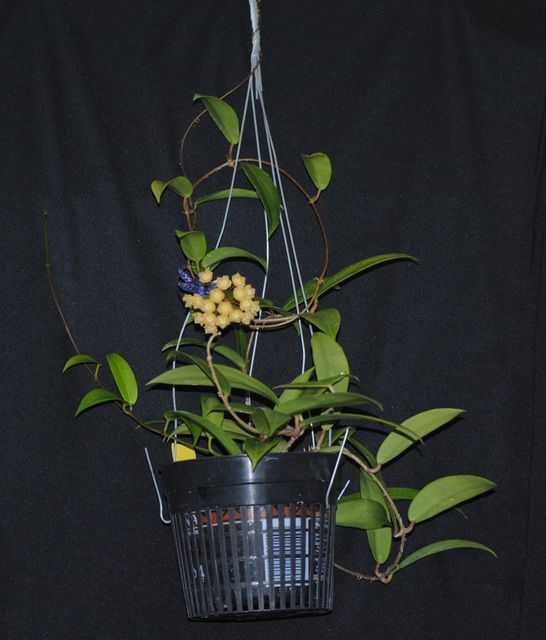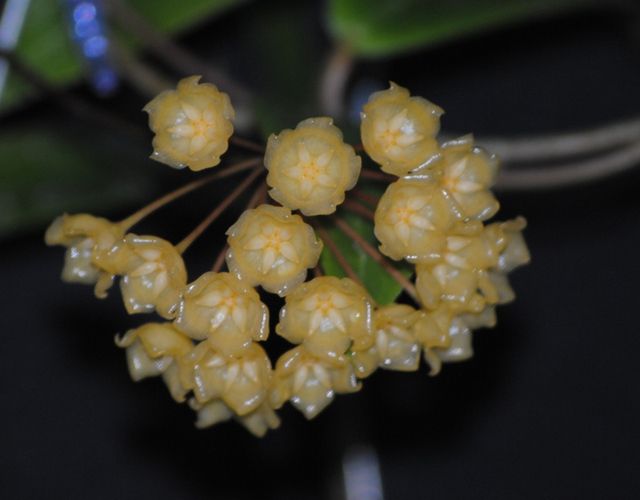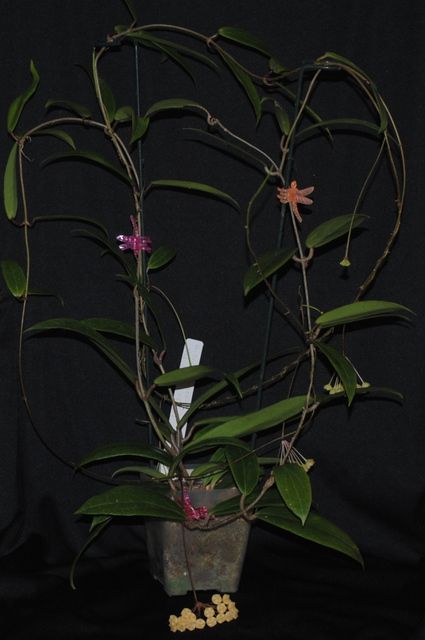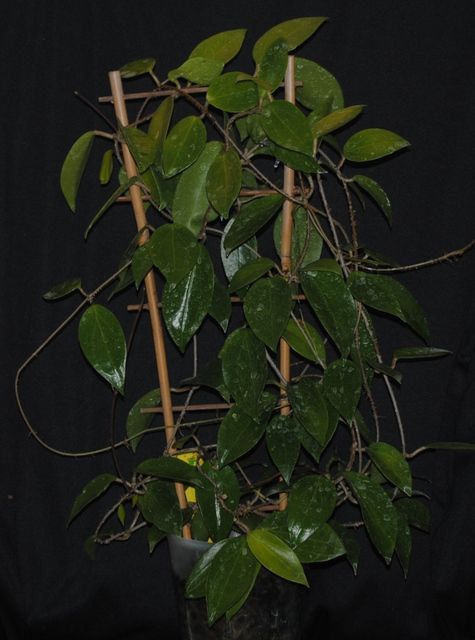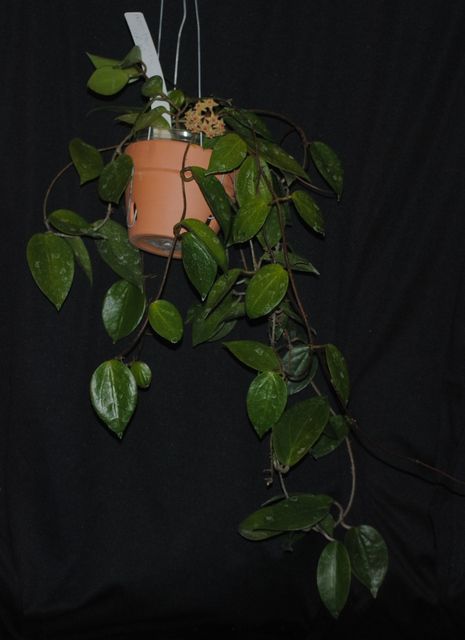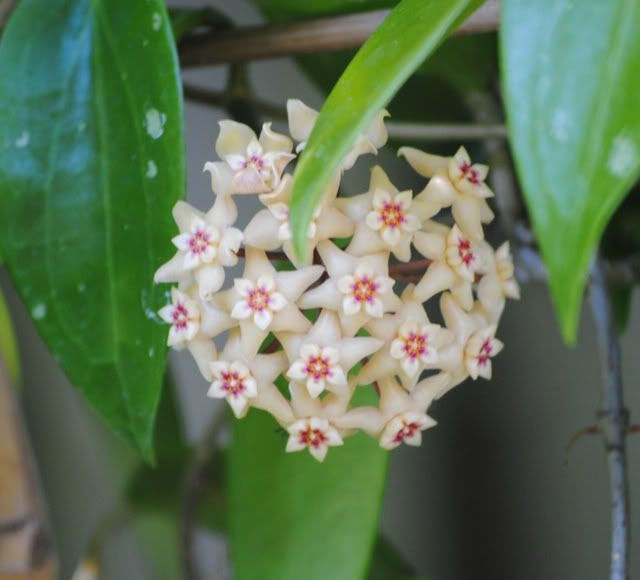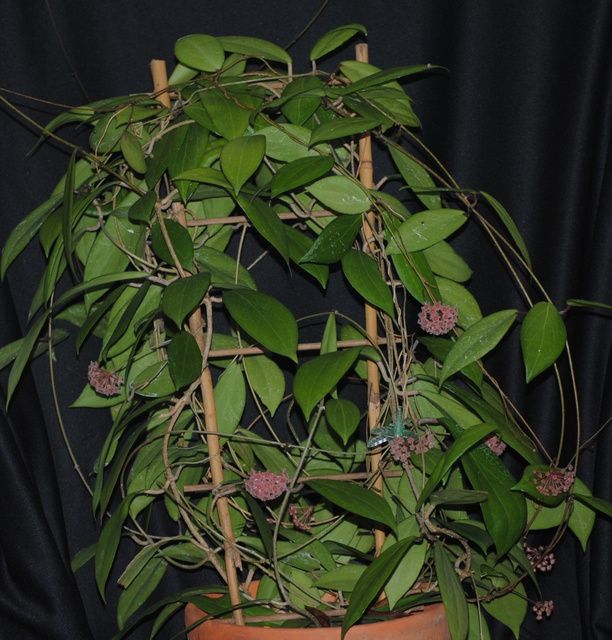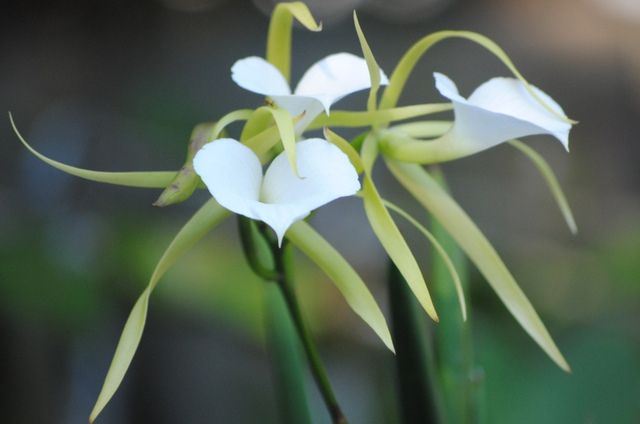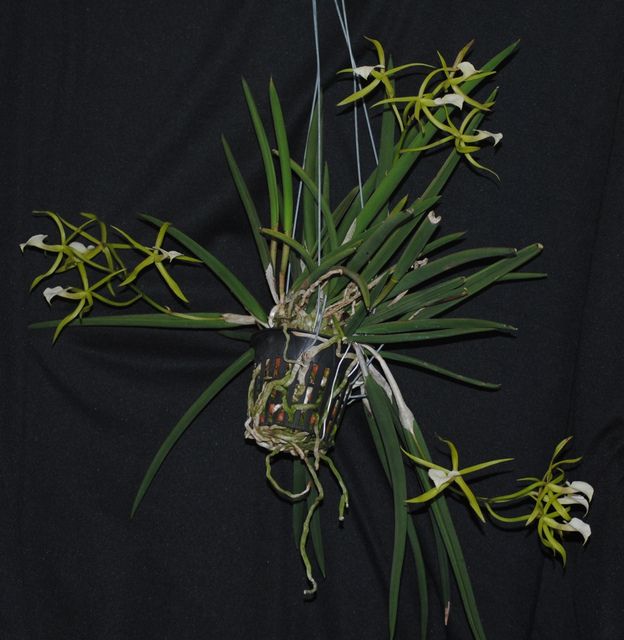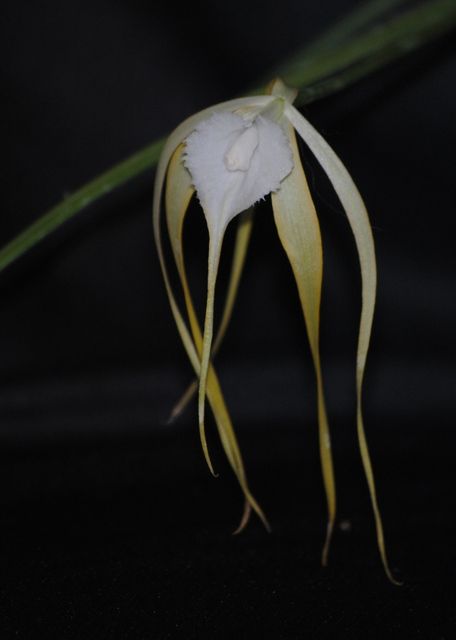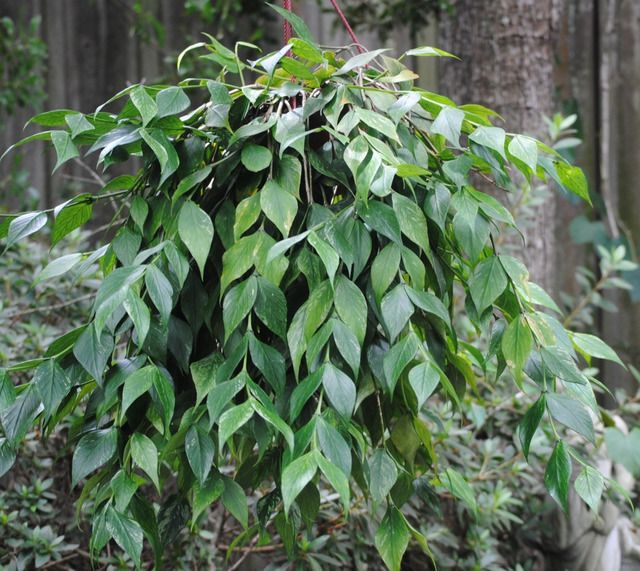Most people will tell you Vandas need constant warmth in order to grow well, and that is true of most Vandas and their close relatives. But there are some that don't. Here are three I grow that I leave outside year round, unless a frost/freeze is forecasted.
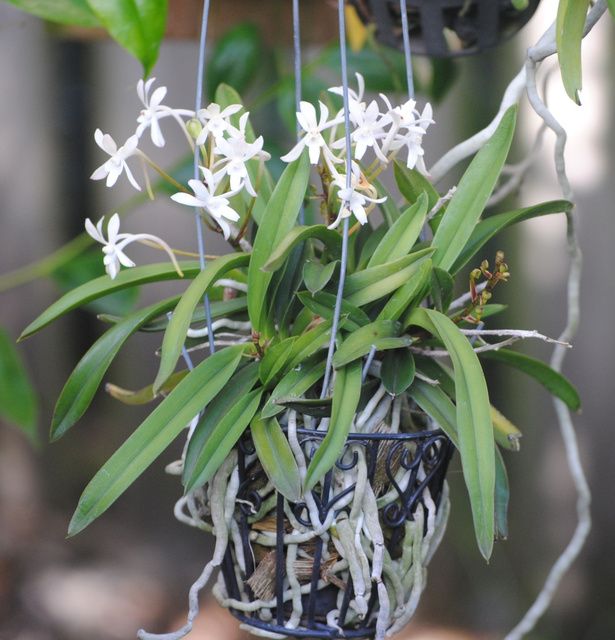 |
| Neofinitia falcata |
My average night temperature is 35 - 40F in mid winter, and those temps last about 6 weeks. But during the day, the temps do rise to 50 - 60F. I hang them where they are somewhat protected from rain, but also where they get a lot of direct sun. While these get watered every day in the summer, with the rest of the Vandaceous, in the winter time, since it is cold outside, I water them maybe twice a week, during the warm part of the day.
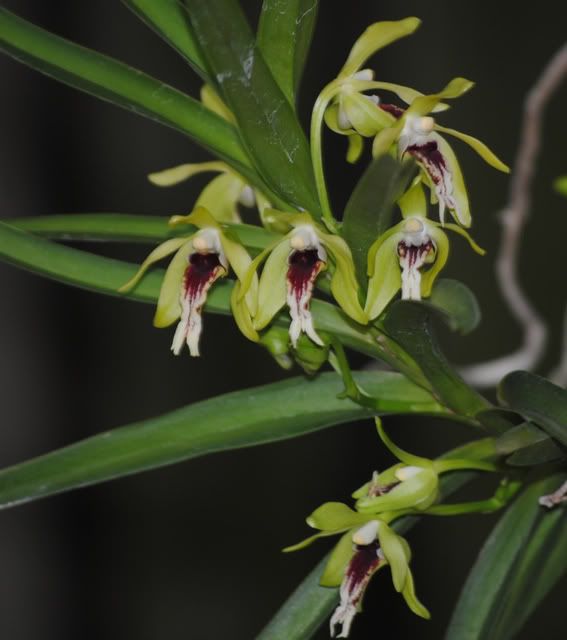 |
| Vanda cristata |
I rarely fertilize during the colder months, maybe once every two weeks, as since they are outside in the cold, their growth is slowed. But as soon as the weather warms up in early spring, they are put back into the daily watering and minimum twice a week fertlizing process.
Vanda Bill Burke is a primary hybrid between V. denisoniana and V. cristata. While V. denisoniana is a known warm grower, this hybrid has performed well for me after spending the last two winters outside. Guess the V. cristata passed along it's cold tolerance.
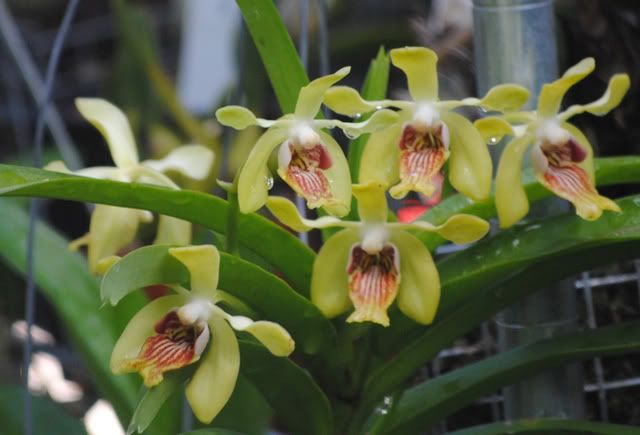 |
| Vanda Bill Burke |

